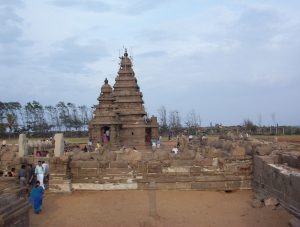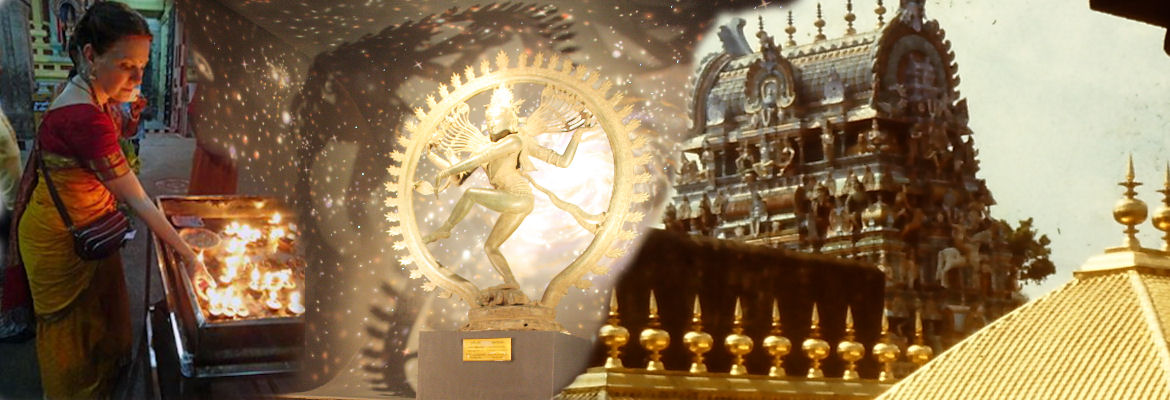Mahabalipuram’s seven pagodas were still visible above the waves in the latter half of the 18th century. One of the first travellers to describe them was Jacob Haafner. He often visited its ruins while living in Sadras. He worked as an accountant for one of the VOC officials there. Till the place was overtaken by the English and he and all other Dutch inhabitants were transported to Madras as prisoners of war.

I’ve often been at Maveliewarom, when I lived at Sadras, which is located about one and a half mile away from there. I have sometimes dwelled there a whole day, seen everything, studied and drawn it; but every time I saw these wonderful creations with new pleasure, with new delight and wonder. This time once again, they seemed new to me, I was so eager to examine them, as if I had never before seen them.
What an impressing sight are not those ancient buildings of the strangest shapes and form, whose rough and irregular order of construction are more pleasing to the eye, more instilling wonder and reverence, than most beautiful and largest palaces of our time!
Amazement fills the soul, when we enter into these deep subterranean spaces, where the owls and bats buzz; these lofty vaults, chiseled deep into the mountain, with their immense columns, hewn from one and the same stone.
Nowhere in the whole world one finds in such a small area, so many buildings, hewn into and out of mountains and rocks, together, as at Maveliewarom – all the hills are covered with temples, pyramids, Chauderies and such, and hollowed out by subterranean vaults, and of one piece, and formed from the same mountain on which they are standing.
Great big rocks lie spread here and there, as if they were torn by an earthquake from the mountains; others seem to be placed as if with forethought, and ordained fit for some building or intention, because they are seen tooled in whole or in part, with statues and historic narrations.
Remarkable, among others, are seven temples, that stretch in a straight line from the shore, one behind the other, for as far as a mile or more, like a reef of rocks, deep into the sea.
Over the two farthest her waves roll away unhindered, and their tops are visible only just at a very low ebb; the others rise, the one higher than the other, above the water, and rise from the depths, to the extent that they are closer to the beach, and break the surf with a dreadful din, against their unshaped and black tops and sides.
The first or nearest of these seven temples, is still just on dry land, at the uttermost edge of the sea, and her waves stream in and out, at high tide. Also one can see, at a very low ebb, far and around, the tops of many other ruins stick out from the water, making this part of the coast very dangerous for ships; many have oftentimes been shattered against them, and the seven pagodas of Maveliewarom are known to and feared by all sailors; they can be found even noted down on the map.
I will, in the description of this place, only note a thing or two of the innumerable memorial signs and ruins, that are in there; because to describe them all at length and detailed, would fail me time and place.
You can read the full chapter HERE

S.Ravi
Nay,not only music in stone,but soul throbs,manifesting into an artistic ingenuity in the foregone ages with its remoteness not withstanding,Mamallapuram is a place worth for searching the noble footprints of a bygone era and hats off to the noble services of Ms.Elizabeth Pankaja Benick in rendering the observations of Jacob Haffner in Dutch to English and I feel indebted to the fact and pleasure of knowing the state of affairs in the late 18th century which is not possible without her rendering into English .